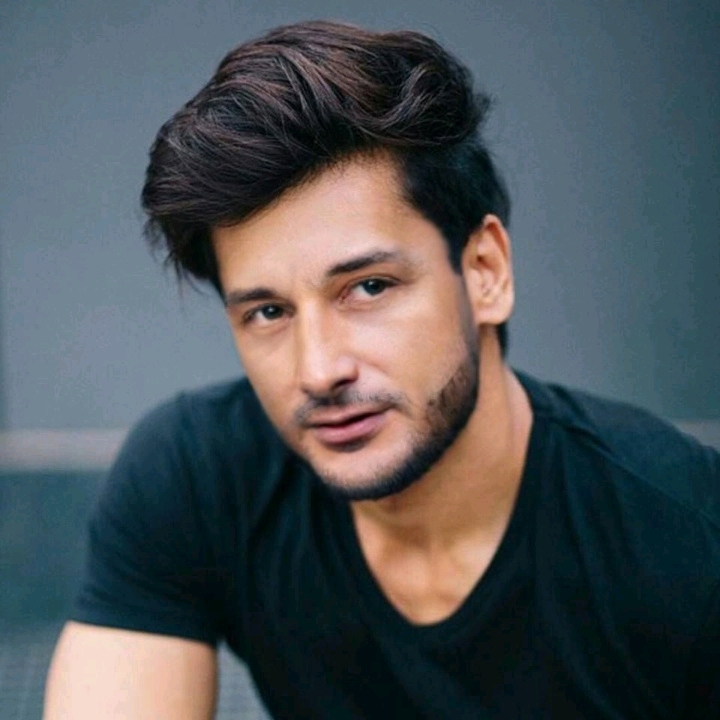A Guide to do Night Photography in Canada
- Dre Erwin

- Sep 7, 2018
- 3 min read
Updated: Mar 16, 2022

If you happen to follow my page and were ever interested in how I take my pictures and what I do to edit them, this is where you can find out exactly how I do it.
It's not difficult or does it take a lot of time.

Equipment:
1. Camera: I have cycled through a few cameras, from crop sensors Nikon d3300 to my current full frame Nikon d800. My full frame def allows less grain which is one of the reasons I prefer it, but crop sensor cameras do an amazing job too.
2. Lens: I have tried numerous lenses but for wide angle shots of the milky way or northern lights, I prefer my Tameron 2.8 15-35mm
3. Tripod: I use the sturdy Manfrotto duel - best piece of equipment I own
4. Memory card: faster the best: but for most pictures I just use Lexar 64gb 300X
Settings:
1, I turn everything off from the lens and camera: VC off, autofocus off, on the camera auto ISO off, noise reduction off, long exposure noise ratio off. I prefer that if any edited is needed, I do it later in Lightroom.

After it gets dark, I walk outside and set the camera/tripod up and use live view to find a star or maybe a distant street light to focus manually on. I usually digitally zoom as much as I can and then I use the lens to manually make that circle the smallest I can/sharpest. After this is done I am ready. I just have to be careful not to bump the lens. Therefore I usually look at every 4th or 5th picture I take to make sure it's still in focus. The last thing you want to do, and I have seen others do it often, is come back after a night of shooting and all your pictures are blurry sort of speak. Often I refocus 1/2 way through on a star :just in case".

After the camera is all set I go out and take multiple picture...the more the merrier in my eyes lol.
When is comes to setting on the camera, I always use manual everything. ISO usually starts out anywhere from 100-6400 all depending on how dark it is outside. The one thing that is constant is the fstop - it's always wide open at 2.8. If pictures seem a little dark, I bump up ISO a tad and increase the shutter time. Most shoots of the northern lights I will have fstop at 2.8, ISO at 1600 and shutter speed at 8 secs..depending.
One of the secrets is not having pictures underexposed which is one of the biggest issues I see, second to accidentally pumping the tripod (or a cheap tripod for that matter), and then over exposing.

I used to worry about grain in my pictures so I had a tendency to increase the shutter time more than pumping up ISO but often that creates star trails...so if you can help it, try to keep the shutter speed less than 15 secs and increase ISO if the pictures still seem too dark.
I would personally have a picture a tad brighter then a little too dark.

After all said and done and you go home to check out your pictures, I upload them all onto my computer then open them using Lightroom.
With Lightroom, there isnt much I often do:
Lightroom settings:
1. Go to develop and scroll down to Lens Correction
Check "Remove Chromatic Aberration"
Check "Enable Profile Corrections"
2. Work your way back up to Profile and drag color up to 60-80 for northern lights pictures
Noise reduction 60-75 (Really important for grain)
Sharpening: I use the preset for Faces
3. Then up to Basic: I just usually leave the rest alone but sometimes I might darken highlights if they are over exposed. Like I said, I am usually done here except this is where I would ensure the picture to straight

Secondary Editing
This is my fav part
I go to the folder and edit the picture with Windows, enhance I select 1/2 way then go to adjust and bring the "light" all the way down.
And your done! This last editing really brings out of the stars :)
Lastly, When it comes to editing I often remove a lot of of the grain so I like to use a lot of noise reduction. Nothing worse in my eyes then seeing a grainy picture of the northern lights. I wouldn't do this for daytime photography and actually I often dont do any.. unless its of the northern lights.

I hope this helps. I have learned everything from trial and error and reading/watching videos. All the knowledge to do aurora borealis photography is at your finger tips with the world wide web!
Practice practice practice!
Good luck.



Comments